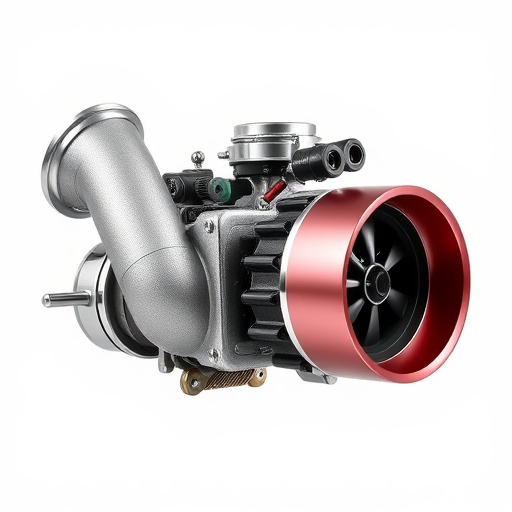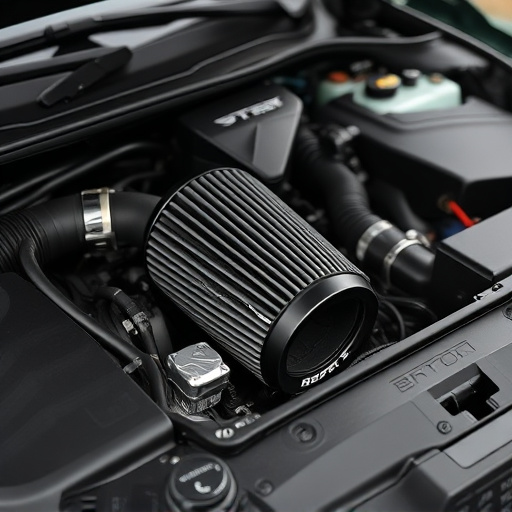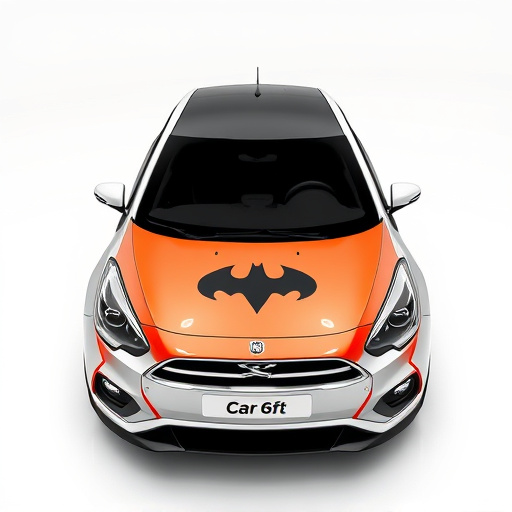In the cutthroat automotive aesthetics industry, competitive pricing is paramount for success. Businesses must balance market trends, profitability, and customer attraction by understanding material, labor, and expertise costs, analyzing competitors' rates, and staying agile with emerging trends. Segmenting customers and offering tailored pricing models, along with cost-effective solutions like heat rejection technologies and custom vehicle wraps, enhance competitive pricing. Success is measured through KPIs such as sales volume, customer satisfaction ratings, and market share gains, with regular adjustments based on market dynamics, competitor moves, and customer feedback crucial for optimal results. Add-on solutions like scratch protection or ceramic window tinting allow premium pricing while maintaining competitiveness, attracting and retaining customers to preserve long-term business health.
In today’s dynamic market, understanding and implementing competitive pricing is crucial for business success. This strategy balances offering exceptional value while remaining affordable, attracting customers and fostering loyalty. This article explores the intricate dynamics of competitive pricing, delving into strategies that help businesses set optimal prices. We’ll uncover how to measure effectiveness and make data-driven adjustments for continuous improvement, ensuring your pricing strategy remains a powerful tool in a competitive landscape.
- Understanding Competitive Pricing Dynamics
- Strategies for Setting Affordable Yet Competitive Prices
- Measuring Success and Adjusting for Optimal Results
Understanding Competitive Pricing Dynamics
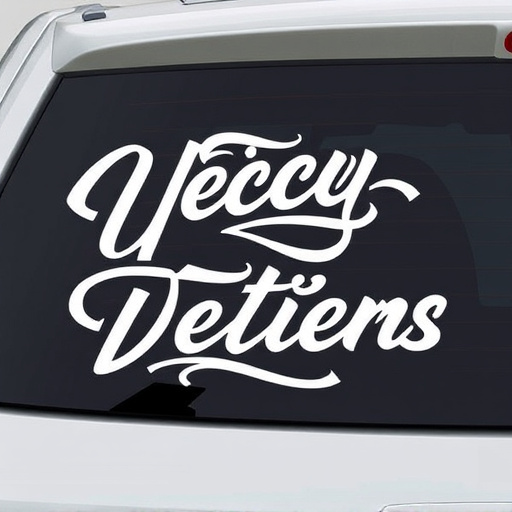
In the realm of business, especially for service-based industries like automotive aesthetics, understanding competitive pricing dynamics is paramount to success. Competitive pricing refers to the strategy of setting prices based on what competitors are offering, while ensuring profitability and attracting customers. For instance, when it comes to vehicle wraps, businesses must consider not only the cost of materials but also the time and expertise required to deliver high-quality finishes. This involves analyzing market rates for similar services, keeping an eye on emerging trends, and remaining agile in response to changes in demand.
A key aspect of competitive pricing is balancing value and affordability. High-quality finishes, such as those achieved through advanced UV protection techniques, add significant value to services like vehicle wraps. However, businesses must be mindful not to overcharge for these features, as customers are increasingly price-sensitive. By staying informed about industry standards and customer expectations, businesses can strategically position their pricing to stand out in the market without compromising on quality or sustainability.
Strategies for Setting Affordable Yet Competitive Prices

Setting affordable yet competitive prices is an art that requires a strategic approach. Businesses must understand their target market and what they perceive as value for money. One effective strategy is to segment customers based on purchasing power and preferences, allowing for tailored pricing models. For instance, offering tiered packages or discounts for bulk purchases can appeal to different customer segments.
Additionally, focusing on cost-effective solutions like heat rejection technologies or custom vehicle wraps (a popular form of mobile advertising) can help reduce overheads and pass on savings to consumers. These strategies not only ensure prices remain competitive but also allow businesses to stand out in a crowded market by offering exceptional value for their products or services.
Measuring Success and Adjusting for Optimal Results
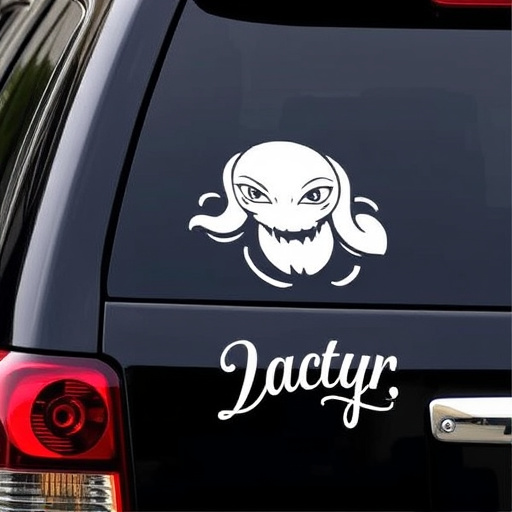
Measuring success in competitive pricing strategies is key to balancing value and affordability. Key performance indicators (KPIs) such as sales volume, customer satisfaction ratings, and market share gains provide insights into the effectiveness of pricing adjustments. By analyzing these metrics, businesses can identify whether their competitive pricing approach is driving desirable outcomes. For instance, a surge in sales could indicate successful pricing that appeals to customers while maintaining profitability.
To achieve optimal results, regular adjustments are essential. Staying attuned to market dynamics, competitor moves, and customer feedback allows for timely tweaks to pricing strategies. Incorporating solutions like scratch protection, paint protection film, or ceramic window tinting can also enhance the perceived value of products or services, justifying premium prices while still keeping them competitive. This dynamic approach ensures that pricing remains a powerful tool to attract and retain customers without compromising long-term business health.
Competitive pricing is a delicate balance, but with the right strategies, businesses can offer exceptional value without compromising affordability. By understanding market dynamics, implementing flexible pricing models, and continuously measuring success, companies can navigate this equilibrium effectively. This approach ensures customer satisfaction while maintaining profitability, ultimately fostering long-term success in a highly competitive marketplace.



